- Author: Vicky
Art and design careers are no longer solely a realm of painters or sculptors. Today, they span digital design, fashion, industrial design, and much more, blending creativity with technology to transform industries. A growing demand for skilled professionals with both artistic and technical expertise has sparked an evolution in art and design education, providing students with pathways to lucrative and fulfilling careers. If you’re passionate about visual storytelling, innovative aesthetics, or solving problems creatively, then embarking on a career in art and design could be the perfect choice for you.
1. The Growing Demand for Art & Design Professionals
As businesses increasingly recognize the impact of design in driving brand identity, customer experience, and innovation, the need for well-trained art and design professionals continues to rise. From tech companies needing UX/UI designers to fashion houses searching for the next big trendsetter, art and design careers are integral to nearly every sector. With this demand comes an opportunity for aspiring creatives to make a significant mark, provided they have the right educational background to support their ambitions.
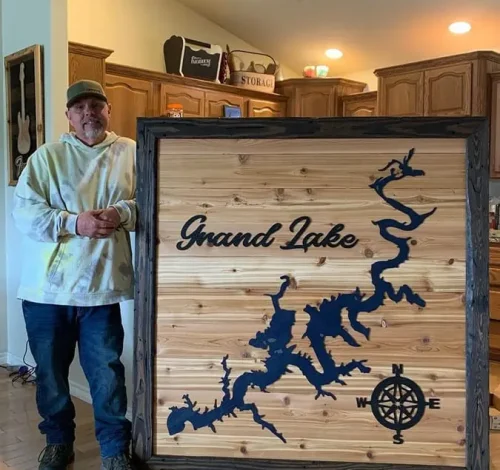
2. Why Education Matters in Art and Design Careers?
A formal education in art and design isn’t merely about honing artistic skills; it also develops essential problem-solving abilities, technical proficiencies, and a deeper understanding of cultural and market trends. Education in this field equips you with industry knowledge and methodologies that make you adaptable and ready to handle real-world challenges. Moreover, employers tend to favor candidates with relevant training, as it signifies commitment, a broad skill set, and the ability to navigate various design tools and principles.
3. Exploring Art and Design Career Pathways
3.1 From Graphic Design to Fashion: Career Options to Consider
Art and design span a range of careers that cater to diverse interests. Graphic design, for example, emphasizes visual communication and is ideal for those with a knack for typography and layout design. Fashion design, on the other hand, allows creative minds to innovate with textiles and style, bringing fresh perspectives to an ever-evolving industry. Careers like industrial design and interior design are also viable pathways, blending functionality with aesthetics. Your choices are expansive, and finding your niche will allow you to leverage your specific talents.
3.2 Discovering Niche Fields within Art and Design
For those seeking something unique, niche fields like animation, game design, or environmental design may hold appeal. These areas not only involve creativity but also leverage technology in fascinating ways. Animation, for example, combines artistry with storytelling, while environmental design applies creative skills to spatial planning, sustainability, and the creation of cohesive environments. Each niche offers the chance to explore creativity through specialized applications, opening doors to innovative career paths.
4. Benefits of a Career-Focused Art and Design Education
4.1 How Specialized Training Sets You Apart?
While natural talent is invaluable, specialized training helps you refine your skills and stand out in the competitive job market. Art and design programs provide structured learning, mentorship, and opportunities to apply your skills in a controlled environment. This comprehensive approach allows you to develop a unique style while meeting professional standards, positioning you as a top candidate when entering the workforce.
4.2 Industry-Relevant Skills You’ll Gain in Art and Design Programs
Modern art and design programs emphasize both creative and technical skills. You’ll master techniques like digital illustration, 3D modeling, and typography, as well as gain proficiency with industry-standard software. Courses often incorporate real-world projects and critiques that mimic the professional environment, ensuring you graduate with experience that closely aligns with the demands of the industry.
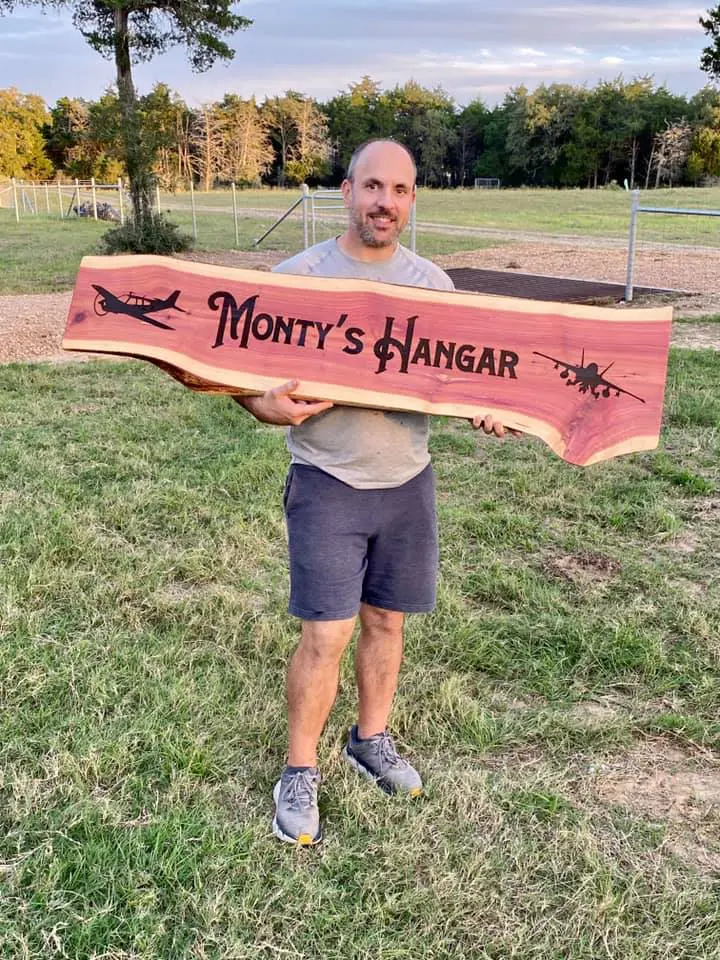
5. Hands-On Learning with Tools like Thunder Laser
5.1 The Importance of Learning Industry-Standard Tools
To be truly effective in art and design careers, learning industry-standard tools is crucial. Whether you’re working with design software or hardware like laser cutters, familiarity with these tools is a significant asset. Industry-standard tools not only enable precision and efficiency but also enhance your portfolio, showcasing your readiness for high-level professional work.
5.2 Thunder Laser: A Game-Changer in Precision Cutting and Engraving
Thunder Laser’s machines provide precision and versatility, making them a valuable addition to any designer’s toolkit. The laser cutter enables intricate designs on various materials, making it a favorite in industries like jewelry, fashion, and customized goods. With Thunder Laser, students and professionals alike can execute ideas with exceptional accuracy, adding an element of innovation to their designs.
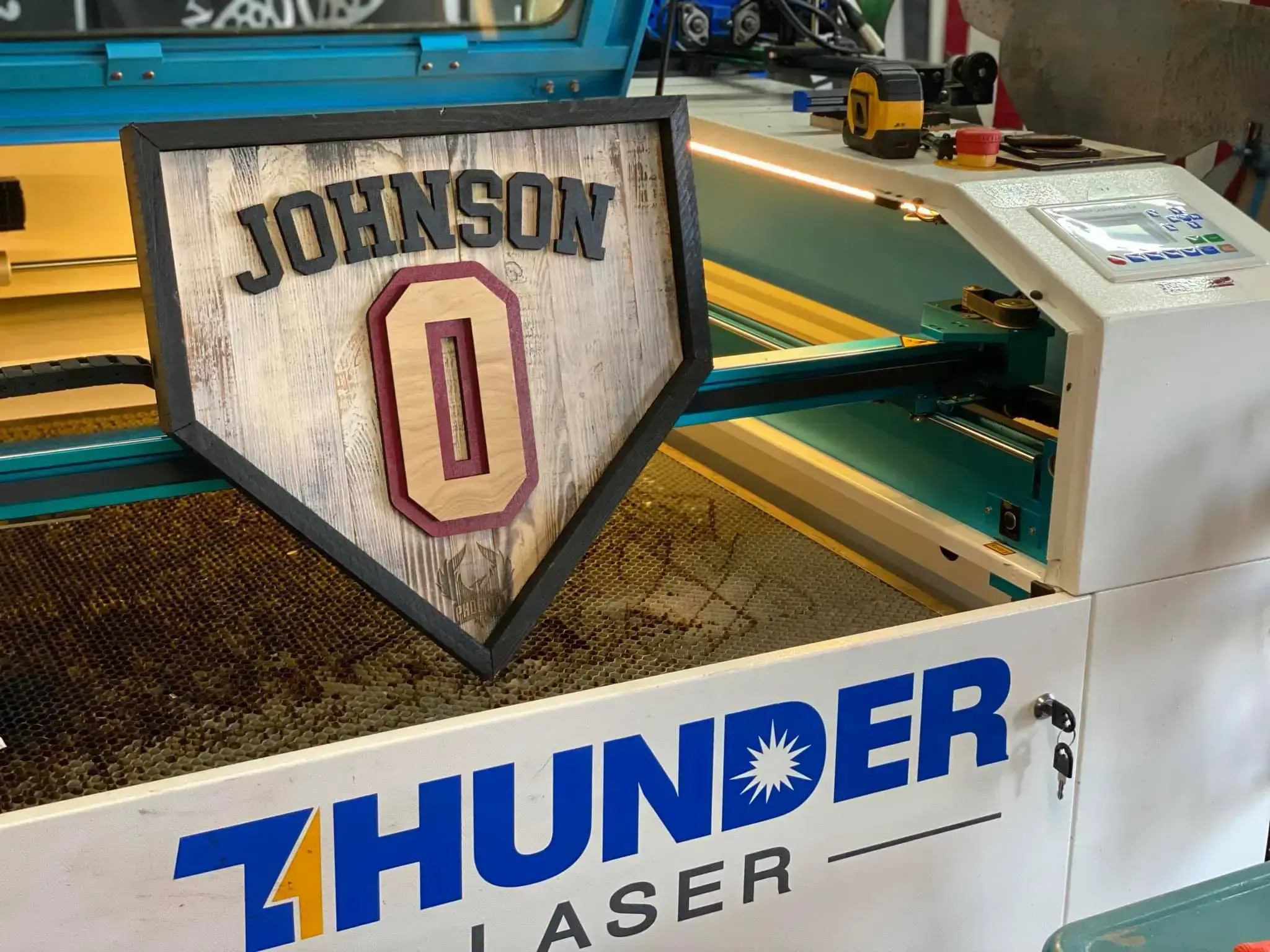
5.3 Real-Life Applications of Thunder Laser in Art and Design Projects
The versatility of Thunder Laser machines lends itself to an array of projects. Students in art and design can experiment with cutting and engraving materials like wood, acrylic, and textiles to bring their ideas to life. From jewelry pieces to customized décor and apparel, the applications are boundless, allowing students to explore new techniques and create impressive portfolio pieces.
6. Choosing the Right Art and Design Program
6.1 Key Factors to Consider in a Program
Choosing the right program is a pivotal decision. Look for programs with robust curriculums, experienced faculty, and state-of-the-art facilities. Consider factors like industry partnerships, internship opportunities, and alumni success stories, as these elements can significantly impact your learning experience and future career prospects.
6.2 Comparing Degree Programs vs. Certificate Courses
Both degree programs and certificate courses offer valuable education but differ in scope and duration. Degree programs provide a comprehensive education, encompassing various aspects of art and design, while certificates are typically more focused and shorter in duration. Your choice should align with your career goals, whether you seek in-depth knowledge or specific skills to enhance your career quickly.
7. Essential Skills for Success in Art and Design
7.1 Technical Skills Every Designer Needs
Technical skills are the backbone of a successful art and design career. Mastery of design software, knowledge of color theory, and proficiency in composition are essential. These skills enable you to translate concepts into visual representations effectively, whether you’re designing logos, fashion pieces, or products.
7.2 How Using Tools Like Thunder Laser Can Refine Your Technical Skills?
Hands-on experience with tools like Thunder Laser machines can elevate your technical capabilities. Using these tools, you can experiment with materials and techniques that push your creative boundaries, helping you develop a distinctive, refined skill set that sets you apart from the competition.
7.3 Soft Skills to Build Alongside Your Art and Design Education
Beyond technical abilities, soft skills such as communication, adaptability, and critical thinking are invaluable. Collaboration is often required in design roles, so learning to communicate ideas effectively and work within a team is essential. Additionally, problem-solving skills will help you handle the unique challenges that each project presents.
9. Building a Portfolio That Stands Out
9.1 Why a Portfolio is Crucial for Art and Design Careers?
A portfolio is your professional showcase and one of the most critical components in securing a job in art and design. A well-crafted portfolio reflects your skills, versatility, and artistic style, making it an essential tool for attracting potential employers or clients.
9.2 Tips to Showcase Your Best Work and Grow Your Portfolio!
To build a strong portfolio, focus on quality over quantity. Include a mix of projects that display different skills and styles, and make sure each piece highlights your creative thinking and technical skills. Regularly update your portfolio to reflect your growth and adapt to current trends in the industry.
9.3 Adding Precision-Cut and Engraved Pieces with Thunder Laser to Your Portfolio
Incorporating unique pieces created with Thunder Laser can add a dynamic edge to your portfolio. Showcasing laser-cut designs can demonstrate your familiarity with cutting-edge technology and ability to work with diverse materials, enhancing the appeal of your portfolio.
10. Networking in the Art and Design Industry
10.1 Building Connections During Your Education
Networking can begin during your education. Engage with professors, classmates, and industry speakers to build relationships that could open doors to future opportunities. Attending events and participating in group projects are excellent ways to expand your network.
10.2 Finding Mentors and Networking Opportunities
Finding a mentor can be incredibly beneficial, providing you with guidance and insights from someone experienced in the field. Additionally, attending workshops, conferences, and local design meetups can broaden your connections, helping you stay informed on industry trends.
11. Internships and Real-World Experience
11.1 How Internships Help Launch Your Career?
Internships provide hands-on experience and expose you to the day-to-day realities of the art and design industry. They also help you apply what you’ve learned in real scenarios, making you more confident and prepared for your career.
11.2 Using Thunder Laser Technology During Internships
If you have experience with Thunder Laser technology, you’ll bring valuable skills to internships in fields that utilize laser cutting and engraving. This expertise can set you apart from other candidates and add depth to your contributions during your internship.
11.3 Finding and Applying for Internship Opportunities!
Look for internships that align with your career goals, and don’t hesitate to reach out directly to companies of interest. Tailor your resume and portfolio to reflect the specific skills and interests relevant to each opportunity, and make sure to highlight any experience with specialized tools like Thunder Laser.
12. Staying Updated on Trends in Art and Design
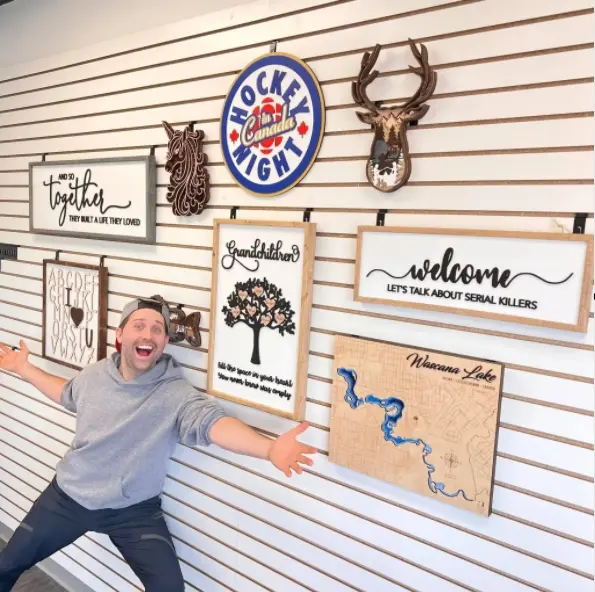
12.1 How to Stay Ahead with the Latest Trends and Tools?
In a constantly evolving industry, staying updated on trends and tools is key. Regularly read design publications, follow influential designers, and take online courses to keep your skills relevant and innovative.
12.2 Thunder Laser’s Innovations in Cutting and Engraving for Art and Design
Thunder Laser consistently introduces new features and advancements, making it easier for designers to create complex, precise work. Keeping up with these innovations can enhance your skills and keep your work fresh and cutting-edge.
12.3 Learning Beyond School: Continuous Improvement in Art and Design
Learning doesn’t end at graduation. Attend workshops, pursue certifications, and experiment with new techniques to continually improve. Embracing lifelong learning will help you adapt to industry changes and fuel your creativity.
13. Top Resources for Art and Design Students
13.1 Must-Read Books, Courses, and Websites
Expand your knowledge with resources tailored to art and design, from foundational books to online courses that dive into specific techniques. Websites like Behance and Dribbble offer both inspiration and practical advice.
13.2 Free Resources from Thunder Laser for Educators and Students
Thunder Laser offers free educational materials, lesson plans, and training to support students and educators. These resources can help you explore laser technology and understand its application in real-world design projects.
13.3 Online Communities and Groups for Designers
Joining online design communities can provide you with support, feedback, and opportunities to collaborate with like-minded creatives. Platforms like Reddit and LinkedIn have active groups dedicated to art and design discussions.
14. Tips for Landing Your First Job in Art and Design
14.1 Crafting a Standout Resume and Cover Letter
Highlight your education, skills, and relevant experiences on your resume. In your cover letter, express your passion for the industry and describe how your unique skills make you a valuable asset.
14.2 How Thunder Laser Skills Can Give You an Edge?
Proficiency with Thunder Laser machines is a strong advantage in roles requiring precision work, such as product design or custom art pieces. Emphasize this skill in your resume to stand out among candidates.
14.3 Acing Your Interview and Impressing Potential Employers
Prepare for interviews by researching the company and practicing your answers. Highlight your technical skills, including your experience with Thunder Laser, and convey your enthusiasm for the opportunity.
Conclusion
Embarking on a career in art and design offers countless possibilities to innovate and make an impact. With the right education, hands-on experience, and commitment to continuous learning, you can thrive in this vibrant field. Thunder Laser can be a valuable partner in your journey, offering tools, training, and resources to help bring your creative visions to life. So, take the next steps with confidence, knowing you have the support and skills to succeed in the world of art and design.
- Tags
#laser, #laser engraving, #laser cutting, #laser machine,#career technical education,#art & design,#laser cutters


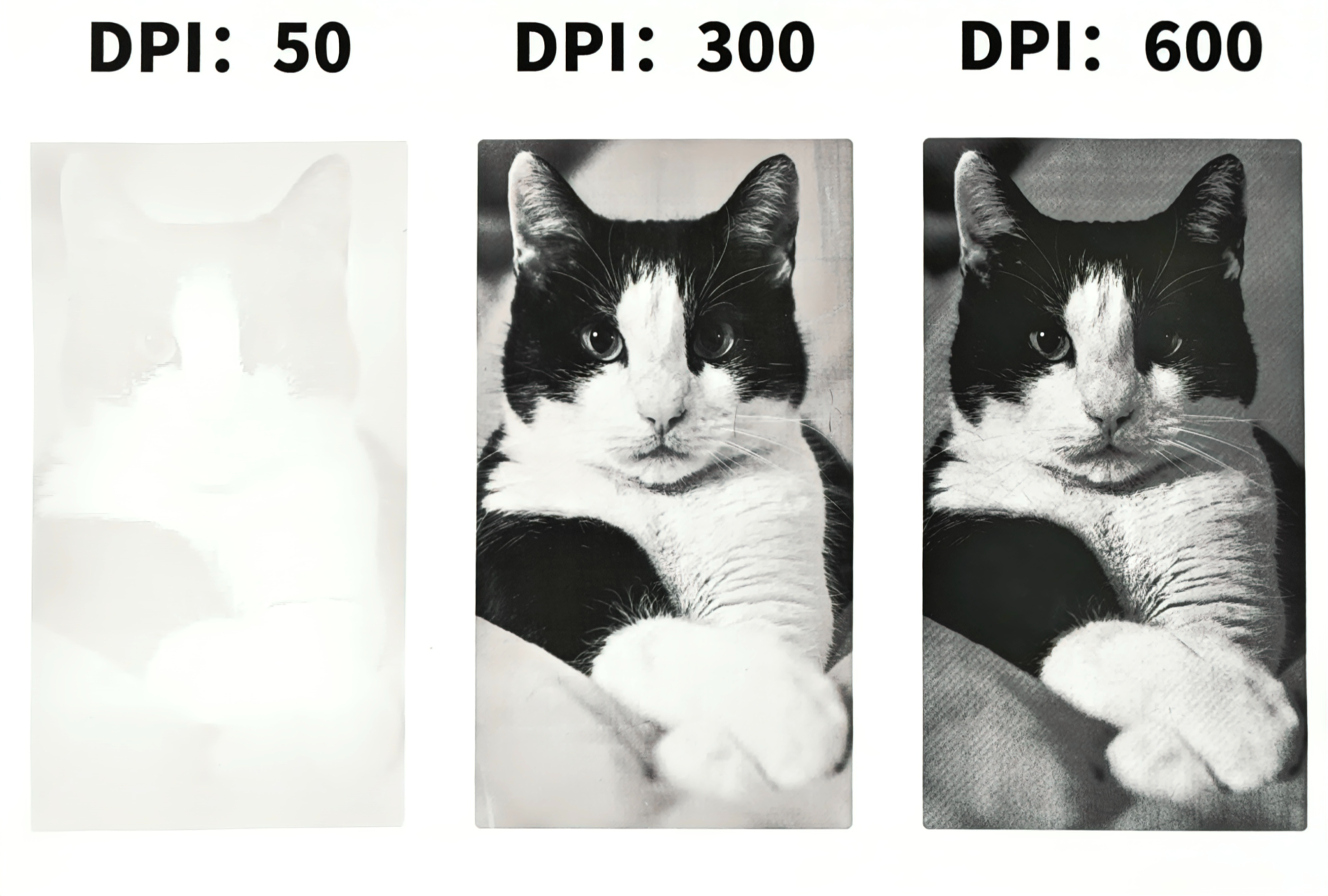


.png) International
International
 United States
United States
 Brasil
Brasil
 Canada
Canada
 Costa Rica
Costa Rica
 Mexico
Mexico
 Česká
Česká
 Romania
Romania
 Polska
Polska
 Ireland
Ireland
 Portugal
Portugal
 Lietuva
Lietuva
 Россия
Россия Deutschland
Deutschland
 Britain
Britain
 Україна
Україна
 France
France
 Sverige
Sverige
 Italia
Italia
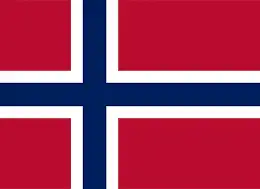 Norway
Norway
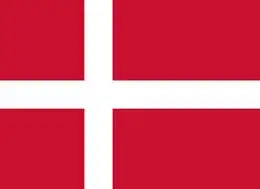 Denmark
Denmark
 Ελλάδα
Ελλάδα
 한국
한국
 中国
中国
 ประเทศไทย
ประเทศไทย
 中国香港
中国香港
 Israel
Israel
 中國臺灣
中國臺灣
 India
India
 پاکستان
پاکستان
 پශ්රී ලංකා
پශ්රී ලංකා
 ジャパン
ジャパン
 Australia
Australia
 New Zealand
New Zealand
 South Africa
South Africa